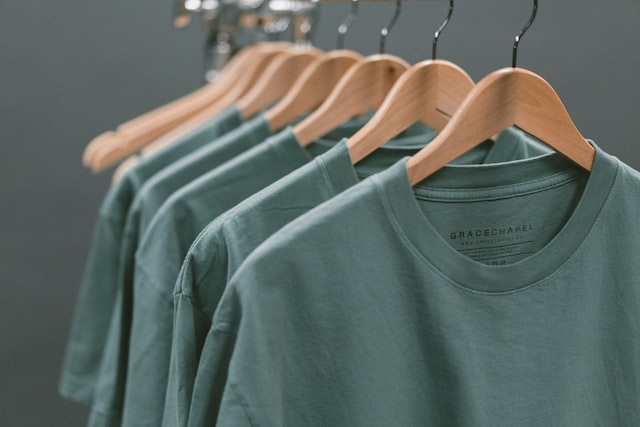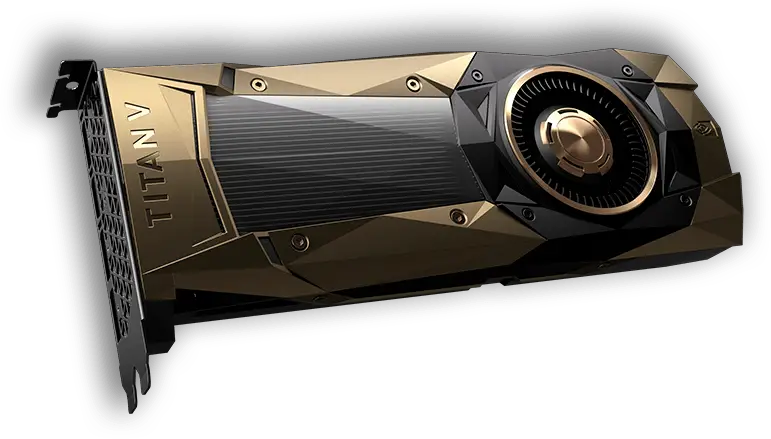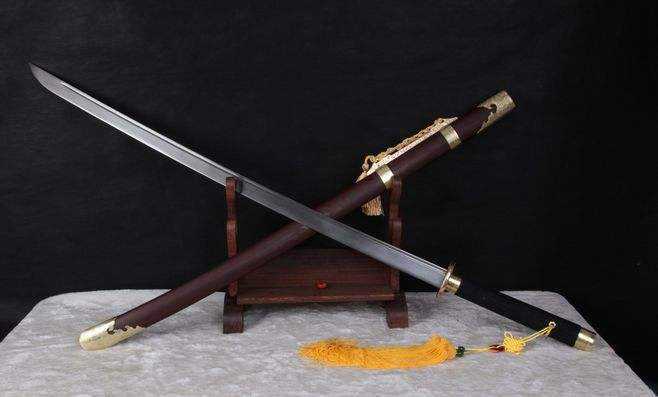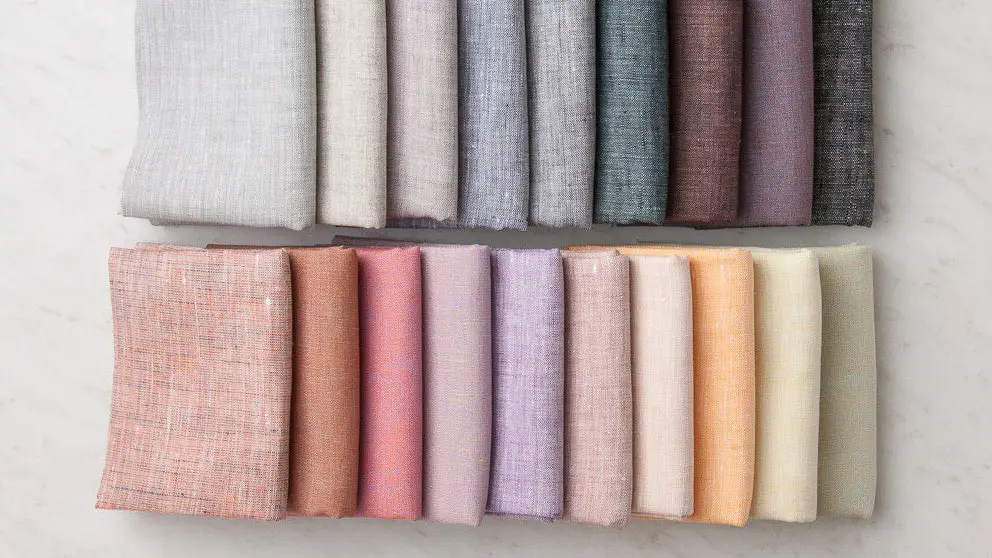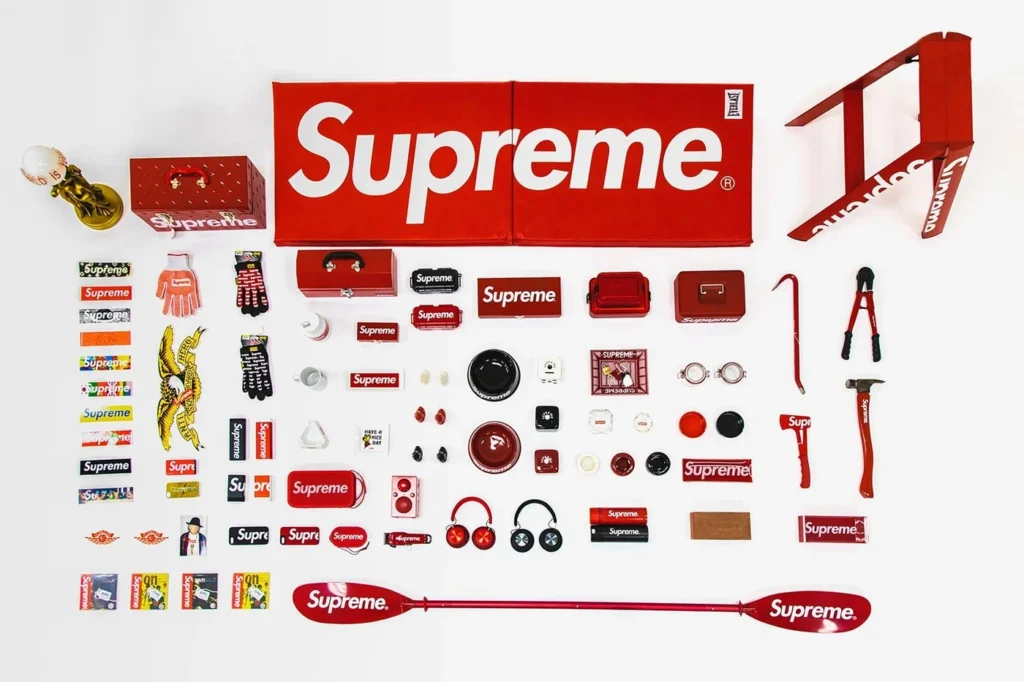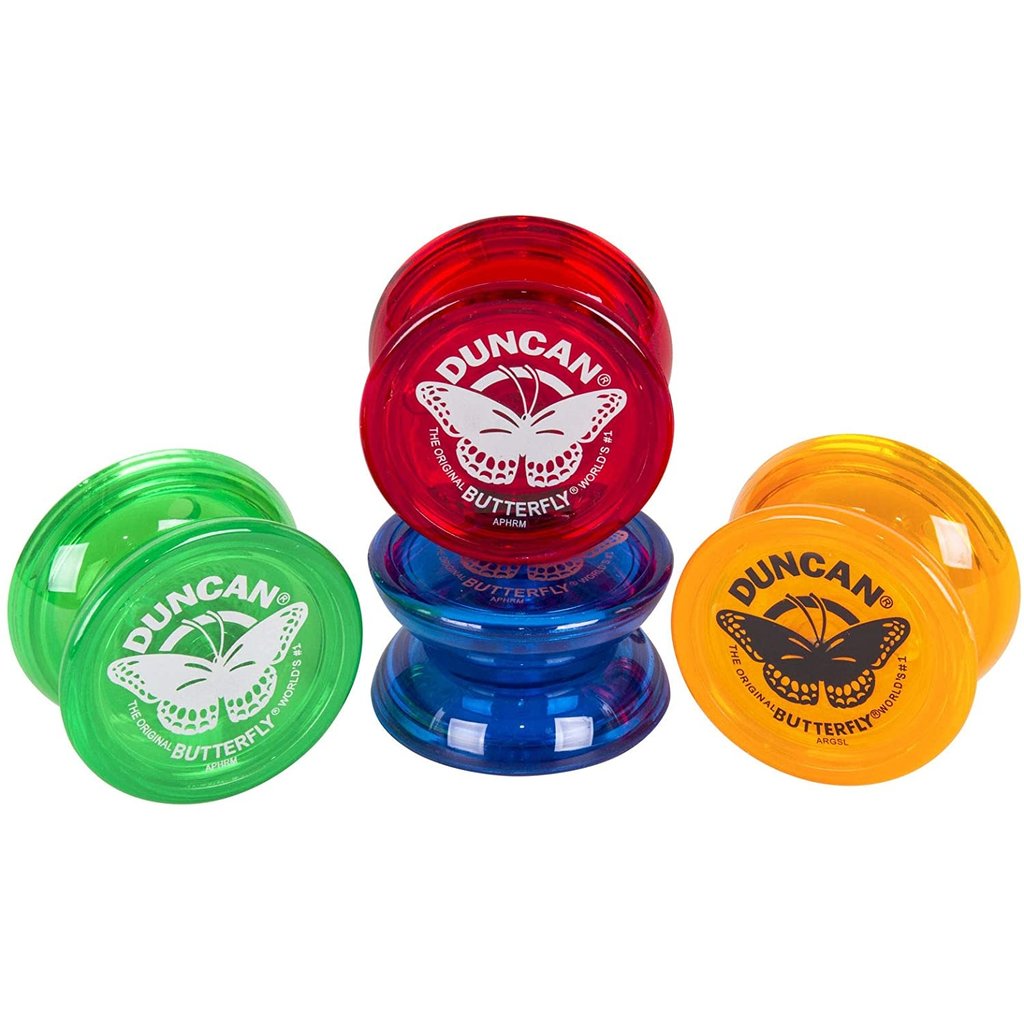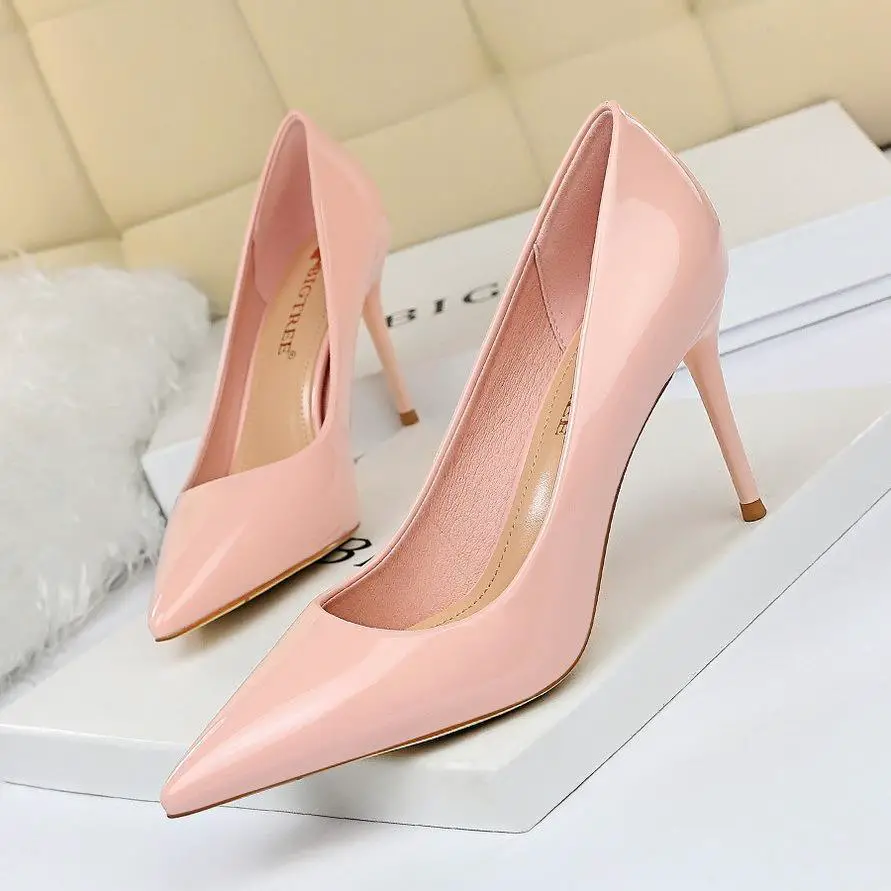Why Are Tshirts So Expensive Now?
T-shirts have become a staple piece of clothing in everyone’s wardrobe. They are comfortable, versatile, and easy to wear. However, in recent years, the price of t-shirts has increased significantly. People are wondering why t-shirts cost so much now.
One of the main reasons why t-shirts are so expensive is because of the high costs associated with producing them. The cost of materials, labor, and transportation has increased over the years, which has led to a higher price tag for consumers. Additionally, the fashion industry has shifted towards fast fashion, which means that clothes are produced quickly and cheaply. This has led to a decrease in the quality of materials used in t-shirts, which has resulted in a lower price point.
However, there are still t-shirts that are made with high-quality materials, and these products cost more to produce. As a result, the retail prices for these t-shirts are higher. People who buy clothes made with quality materials are willing to pay a higher price because they know that they are getting a higher quality product.
Designer clothing is also a factor in the high price of t-shirts. Designer items are often made with high-quality materials and are produced in limited quantities. This exclusivity makes designer clothes so expensive. The fashion industry has also capitalized on social media, which has created a demand for designer clothing. People want to wear what they see on their favorite influencers, and this has driven up the prices of designer clothing.
In conclusion, t-shirts are so expensive now because of the costs associated with producing them, the shift towards fast fashion, and the demand for higher-quality materials. Designer clothing also plays a role in the high price of t-shirts. While some people may be willing to pay higher prices for quality materials and designer items, others may opt for cheaper alternatives. Ultimately, the price of a piece of clothing is determined by the market demand and the cost of production.
Frequently Asked Questions
How to make tshirts soft?
Here are some tips to make t-shirts soft:
1. Wash the t-shirt in cold water: Hot water can damage the fibers of the t-shirt, making it rough and scratchy. Use cold water to wash the t-shirt to keep it soft.
2. Use fabric softener: Fabric softener can help to soften the fibers of the t-shirt. Add a cup of fabric softener to the rinse cycle of your washing machine.
3. Dry the t-shirt on low heat: High heat can damage the fibers of the t-shirt, making it rough and scratchy. Dry the t-shirt on low heat or hang it to air dry.
4. Use vinegar: Add a cup of white vinegar to the rinse cycle of your washing machine. The vinegar will help to break down any residue on the t-shirt, making it softer.
5. Use a dryer sheet: Dryer sheets can help to soften the fibers of the t-shirt. Add a dryer sheet to the dryer when drying the t-shirt.
When were tshirts invented?
T-shirts were first invented in the late 19th century, but they were primarily used as undergarments until the mid-20th century when they became popular as casual wear. The exact date of their invention is unclear, but they are believed to have originated in the United States.
How to whiten t-shirts?
Here are some ways to whiten t-shirts:
1. Use bleach: Add 1/2 cup of bleach to a load of white t-shirts and wash them in hot water. Be sure to follow the instructions on the bleach bottle and don’t use too much bleach, as it can damage the fabric.
2. Use hydrogen peroxide: Mix 1 cup of hydrogen peroxide with 1 cup of water and soak the t-shirts in the solution for 30 minutes. Then wash them in cold water.
3. Use baking soda: Add 1/2 cup of baking soda to the wash cycle along with your regular detergent. This will help to brighten and whiten the t-shirts.
4. Use lemon juice: Mix 1/2 cup of lemon juice with 1 gallon of hot water and soak the t-shirts in the solution for 1 hour. Then wash them in cold water.
5. Use vinegar: Add 1 cup of white vinegar to the wash cycle along with your regular detergent. This will help to remove any buildup on the t-shirts and make them look brighter.
What are tshirts made of?
T-shirts are typically made of cotton, polyester, or a blend of both. Some t-shirts may also be made of other materials such as rayon, spandex, or bamboo. The exact composition of a t-shirt will depend on the brand, style, and intended use.
How to store t-shirts?
Here are some tips on how to store t-shirts:
1. Fold them neatly: Folding t-shirts neatly is the best way to store them. It saves space and prevents wrinkles. You can fold them in half or thirds, depending on the size of the shirt.
2. Use drawer dividers: Drawer dividers can help you organize your t-shirts by color, size, or style. They also prevent your t-shirts from getting mixed up and wrinkled.
3. Hang them: If you have limited drawer space, you can hang your t-shirts on hangers. Use hangers that are designed for t-shirts to prevent stretching or misshaping.
4. Store them in plastic containers: If you need to store your t-shirts for a long time, you can use plastic containers. Make sure the containers are clean and dry before storing your t-shirts. You can also add some mothballs or cedar chips to prevent pests.
5. Avoid direct sunlight: Direct sunlight can fade the colors of your t-shirts. Store them in a cool, dry place away from sunlight.
6. Rotate your t-shirts: To prevent your t-shirts from getting worn out, rotate them regularly. This will also help you keep track of which ones you wear the most.
How to fold t-shirts?
1. Lay the t-shirt flat on a clean surface, with the front of the shirt facing up.
2. Smooth out any wrinkles or creases in the fabric.
3. Fold the shirt in half vertically, bringing the left side of the shirt over to meet the right side.
4. Fold the sleeves inwards, so that they are parallel to the sides of the shirt.
5. Fold the bottom of the shirt up towards the top, creating a rectangular shape.
6. Fold the rectangle in half horizontally, bringing the bottom of the shirt up to meet the top.
7. Smooth out any wrinkles or creases in the fabric, and adjust the folds as needed.
8. Store the folded t-shirt in a drawer or on a shelf, with the folded edge facing upwards for easy access.
How to keep white tshirts white?
Here are some tips to keep white t-shirts white:
1. Separate whites from colored clothes when washing.
2. Use a laundry detergent that is specifically designed for whites.
3. Wash white t-shirts in hot water to remove stains and dirt.
4. Add a cup of white vinegar to the rinse cycle to help remove any remaining stains and brighten the fabric.
5. Avoid using bleach as it can damage the fabric and cause yellowing over time.
6. Hang white t-shirts to dry in the sun as the UV rays can help to naturally bleach the fabric.
7. Store white t-shirts in a cool, dry place away from direct sunlight to prevent yellowing and discoloration.
Where to buy tshirts in bulk?
Here are some popular options for buying t-shirts in bulk:
1. Wholesale retailers: Many wholesale retailers specialize in selling t-shirts in bulk. Some popular options include Alibaba, Amazon Business, and ShirtSpace.
2. Custom t-shirt printing companies: Many custom t-shirt printing companies offer bulk discounts for large orders. Some popular options include Custom Ink, Printful, and RushOrderTees.
3. Local suppliers: Check with local suppliers in your area, such as screen printers or garment manufacturers, to see if they offer bulk discounts.
4. Online marketplaces: Online marketplaces like eBay and Etsy also offer bulk t-shirt purchases from various sellers.
5. Department stores: Some department stores like Walmart and Target offer bulk t-shirt purchases at discounted prices.
How to sell t-shirts online?
Here are some general steps that can help you sell t-shirts online:
1. Choose a niche: Decide on a specific niche or theme for your t-shirts, such as sports, music, or funny quotes. This will help you target a specific audience and stand out from competitors.
2. Create designs: Create unique and eye-catching designs for your t-shirts. You can hire a graphic designer or use online design tools to create your designs.
3. Choose a platform: Decide on a platform to sell your t-shirts, such as your website, Etsy, or Amazon Merch. Each platform has its pros and cons, so research and choose the one that best fits your needs.
4. Set up your store: Set up your online store, including product descriptions, pricing, and shipping options.
5. Market your t-shirts: Use social media, email marketing, and other advertising methods to promote your t-shirts and reach your target audience.
6. Fulfill orders: Once you start receiving orders, fulfill them promptly and provide excellent customer service to build a loyal customer base.
7. Analyze and adjust: Analyze your sales data and customer feedback to make adjustments to your designs, pricing, and marketing strategies to improve your sales.
How to design your t-shirts?
Here are the general steps to design your t-shirts:
1. Choose a design concept: Decide on the theme or message you want to convey through your t-shirt design. It could be a funny quote, a graphic design, or a logo.
2. Choose a color scheme: Decide on the colors you want to use for your design. Consider the color of the t-shirt and how it will complement or contrast with your design.
3. Choose a printing method: There are several printing methods available, including screen printing, digital printing, and heat transfer. Each method has its advantages and disadvantages, so choose the one that best suits your needs.
4. Create your design: Use design software or hire a graphic designer to create your design. Make sure it is high-resolution and in the correct format for your chosen printing method.
5. Choose a t-shirt supplier: Find a supplier that offers high-quality t-shirts in the color and size you want. Make sure they can accommodate your printing method.
6. Print your design: Send your design to the printer and wait for your t-shirts to be printed.
7. Sell or wear your t-shirts: Once your t-shirts are printed, you can sell them or wear them yourself. Be proud of your unique design!

